Moose poop slurry
pskvorc
9 years ago
Related Stories
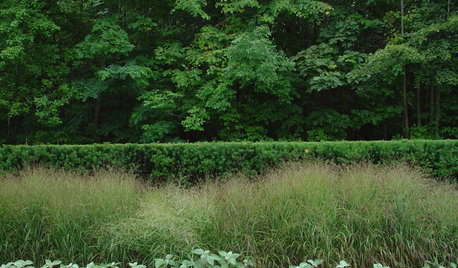
GARDENING GUIDESGreat Design Plant: Taxus x Media ‘Hicksii’
Need a strong, silent type in your garden? Hicks yew may be your perfect match
Full Story
BATHROOM DESIGNPowder Room Essentials to Keep Guests Happy
Set out these bathroom necessities (hello, hand towels) to make your company comfortable and your parties run smoothly
Full Story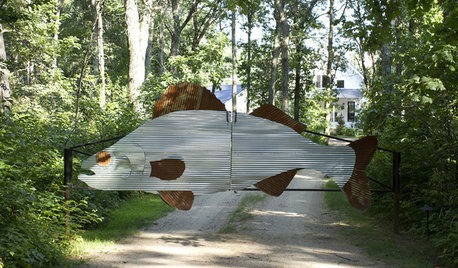
FUN HOUZZ11 Ways to Have More Fun at Home
Every house needs a touch of humor — a funny sign or an accessory that always makes you smile. Here’s where to begin
Full Story
PETSThe Best of My Houzz: 50 Design-Loving Pets
Share in the animal love with snapshots of adorable furry friends from our My Houzz series
Full StorySponsored
More Discussions






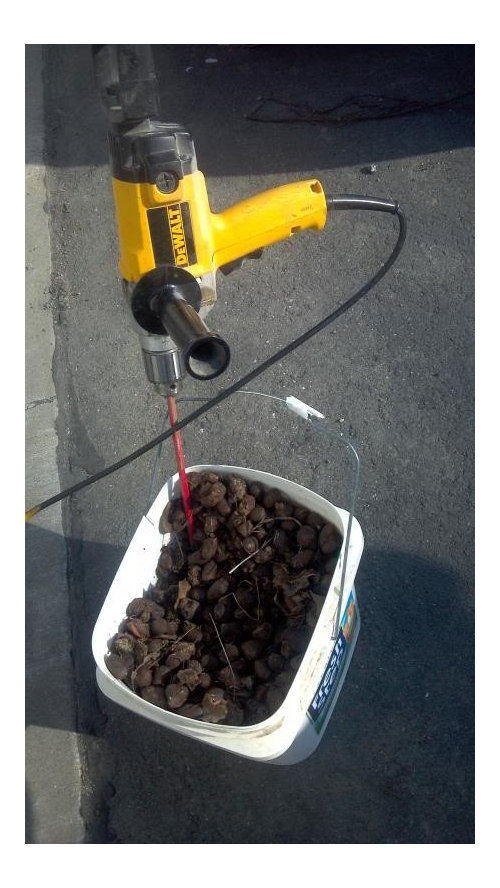

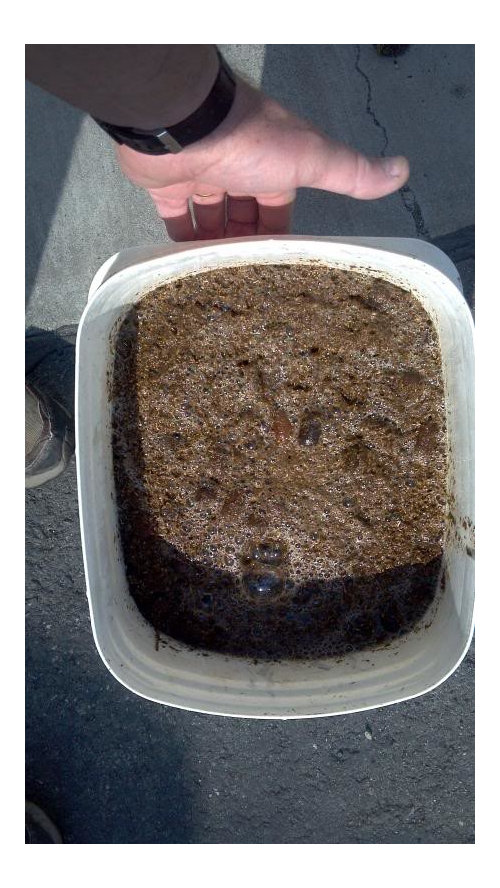
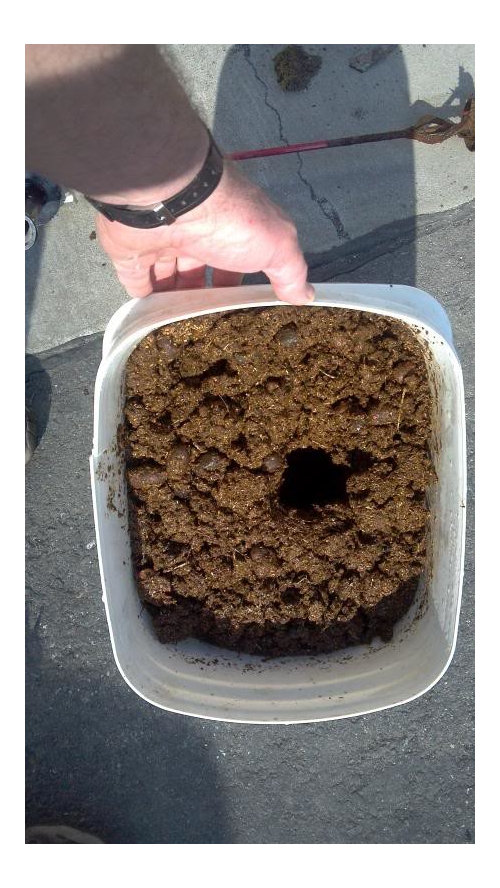
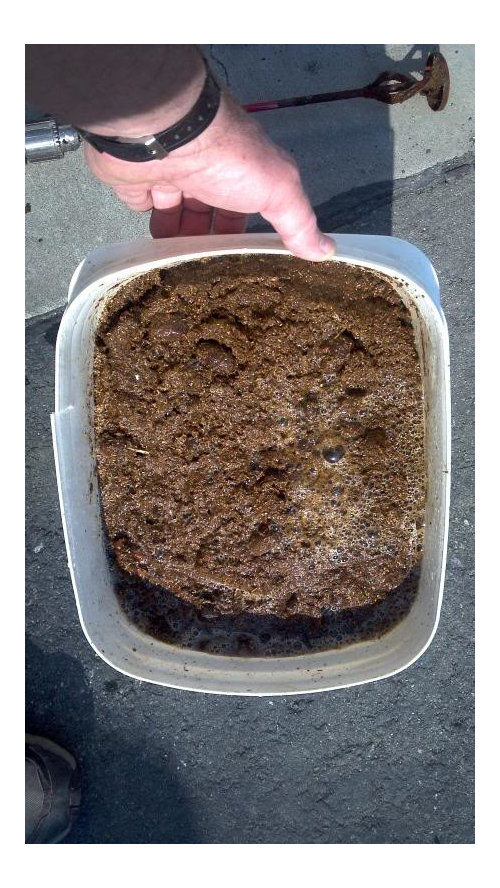

pskvorcOriginal Author
sbryce_gw
Related Professionals
Allen Landscape Architects & Landscape Designers · Panama City Landscape Architects & Landscape Designers · Saint Charles Landscape Architects & Landscape Designers · Amesbury Landscape Contractors · Berwyn Landscape Contractors · Milton Landscape Contractors · Soddy Daisy Landscape Contractors · South Farmingdale Landscape Contractors · Waltham Landscape Contractors · Camp Springs Landscape Contractors · Palos Heights Landscape Contractors · Clarksville General Contractors · Fargo General Contractors · Jackson General Contractors · Villa Park General Contractorsmendopete
pskvorcOriginal Author
Jasdip
mendopete
pskvorcOriginal Author
pskvorcOriginal Author